
Joe Biden will take on Donald Trump in November
The 2020 US election is less than 100 days away, but the coronavirus pandemic has thrown many aspects of the race into uncertainty.
The Republican and Democratic conventions were unlike any other — with both parties avoiding the usual jamborees filled with thousands of supporters, party officials and reporters from across the globe.
It is also unclear what election day itself will look like, given the risk of catching the virus by voting in person.
A record number of people are expected to vote before November 3 by opting for postal votes. Election experts suggest this could mean the result may not be declared on election night, but may take several days — or even weeks — to emerge.
With the coronavirus pandemic expected to impact public life well into the autumn, the 2020 election is likely to go down in history as one of the most unconventional US presidential races ever held.
Despite the uncertainty, there are some aspects of the election process that are enshrined in the US constitution. Here is everything we know about how the race will play out.
What date is the 2020 US election and can Trump postpone it?
The election will be held on Tuesday, November 3.
Donald Trump has already floated delaying it, in a tweet which suggested the rule changes making it easier for voters to use postal ballots in many states could lead to a “rigged election”.
Mr Trump has argued that, despite using it himself in the past, mail-in voting is more open to fraud. Most election experts have questioned whether it is possible for postal voting to lead to widespread fraud, as Mr Trump claims, but have pointed out that an anticipated rise in postal voting could cause problems.
The election date is not written into the US Constitution, so a delay is technically possible, but the Constitution does outline a date for the newly-elected president’s inauguration in January.
However, the power to change the election date lies with the US Congress, and the Democrats hold the majority in one chamber, the House of Representatives, making it extremely unlikely a delay would be approved.
Read more: US election debates schedule — key dates
How else has coronavirus affected the election campaign cycle?
The Democratic and Republican political conventions, a staple of presidential election years, now have new degrees of uncertainty attached to them.
Joe Biden and his running mate, Kamala Harris, decided against travelling to Wisconsin to accept the Democratic presidential nomination because of coronavirus concerns. Instead, Mr Biden accepted the nomination and delivered a national address from his home state of Delaware. Ms Harris also formally accepted the vice presidential nomination from a hotel ballroom in Wilmington, Delaware.
The Republican convention was also pared down affair. Much of the convention, including Mr Trump’s speech, was virtual and include live speeches from different locations. The president delivered his own Republican nomination acceptance speech from the White House.
You can find more information on how the coronavirus is affecting the election year here.
Read more: Trump and Pence vs Biden and Harris: Republican and Democratic policies compared
How does voting work?
The presidential election vote is a simple choice between candidates from the Democratic Party and the Republican Party. Occasionally a third party candidate will enter the race, like Kanye West this year, but it is quite rare for them to gain traction or make a significant impact.
Any prospective presidential candidate must meet three criteria. They must be a US citizen from birth; at least 35 years old; and have lived in the US for at least 14 years.
The two main political parties hold primaries and caucuses across the country during an election year to select who they want to represent them on the ballot. You can read more about that process here.
The Democratic and Republican candidates are then formally selected and announced during their parties’ summer conventions.
The US election system itself is far from straightforward. That is because when America’s founding fathers created the system in 1787, there was no way a presidential candidate could mount a national campaign – and there was little in the way of national identity.
The founding fathers chose not to elect US presidents by direct popular vote over fears that larger and more populous states could have an outsized role in deciding the winner.
The system of electors, based loosely on the Roman Catholic College of Cardinals selecting the Pope, was chosen with the theory that the most knowledgeable and informed individuals from each state would select a president on merit, disregarding state loyalties.
So when Americans cast their vote on November 3, they technically vote for "electors", not the candidates themselves. The electors are state officials or senior party figures, but they are not usually named on the ballot.
Each elector casts one vote following the general election for one of the two candidates. The newly elected President and Vice-President will then be inaugurated on January 20, 2021.
How does the electoral college work?
All 50 US states and Washington DC have a set number of "electors" in the electoral college – roughly proportionate to the size of each state.
Each state gets at least three electoral votes because the amount is equal to its total number of Senators and Representatives in the US Congress. Washington DC also gets three electoral college votes, meaning a total of 538 electors form the Electoral College.
California, the largest state, has 55 electoral votes, Texas, the next largest, gets 38. New York and Florida have 29 each.
All but two states – Maine and Nebraska – use a winner-takes-all system, so if you win the most votes in a state, you take its entire haul of electoral college votes.
To become president either candidate needs to win a majority of the 538 electors — i.e. 270 electors.
While the Constitution does not dictate that electors follow the popular vote, many US states have laws requiring them to do so. These laws have been challenged by electors voting for someone else on occasion, but in July, the US Supreme Court ruled that electors must follow the popular vote in states that have passed such a law.
The electoral college system does usually reflect the popular vote – presidents have won the electoral vote while losing the popular vote just five times in US history. The most recent instance was in 2016, when Donald Trump won the electoral college but Hillary Clinton, his Democratic opponent, won the popular vote.
What are swing states?
The key for either party to win the presidential election is to target specific battleground states. There are several swing states, that over recent elections have gone both ways. They hold the key to winning the election.
If you are to vote in the Presidential Election on 3 November 2020, how will you vote?
This year North Carolina, Florida, Michigan, Wisconsin, and Arizona could all be decisive in the election’s outcome. They are all states which Mr Trump won narrowly against Mrs Clinton in 2016, helping him secure his electoral college victory. Retaining them is crucial to his re-election hopes.
If the polls are to be trusted, Mr Biden holds a competitive edge over Mr Trump in all of them. Pollsters attributed Mr Biden’s lead to support among white university-educated voters, while Mr Trump’s support among white working-class voters is waning.
Read more: US Election 2020 poll tracker
Sign up here for our US election WhatsApp group for exclusive updates and behind-the-scenes access.




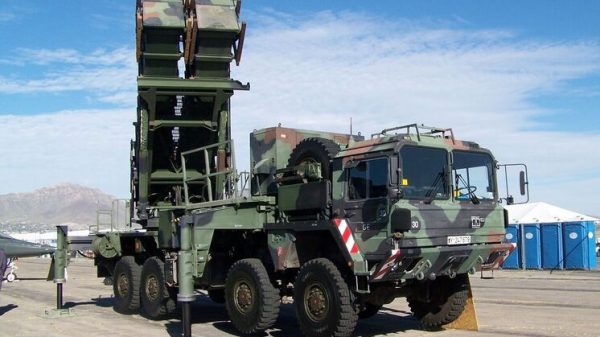
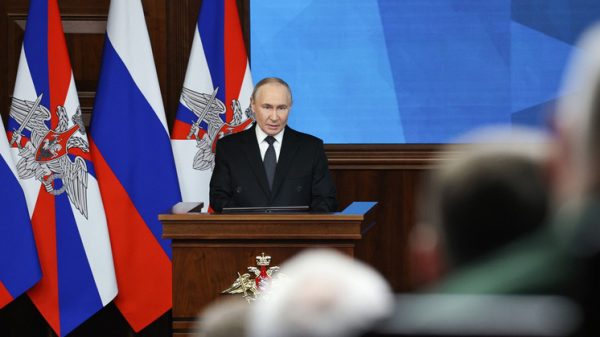

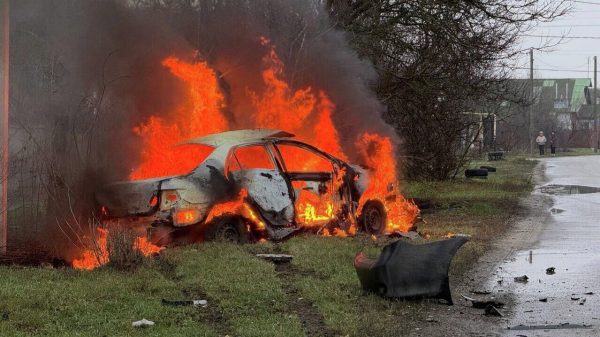


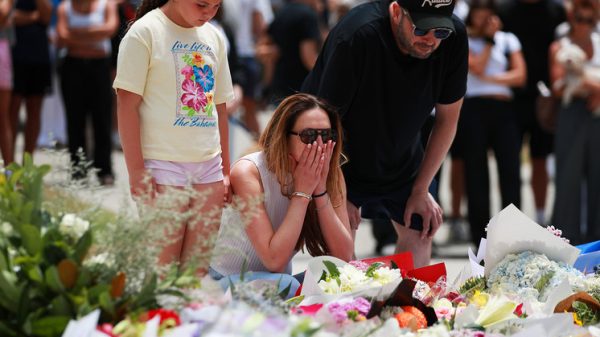
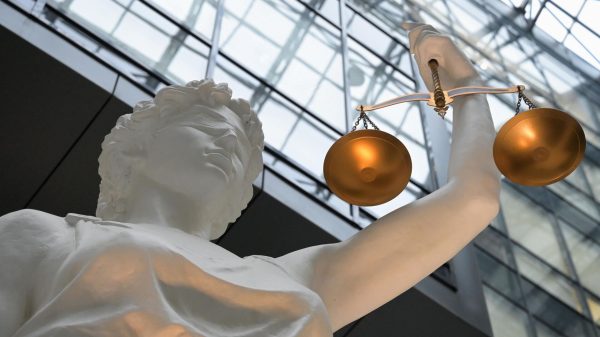







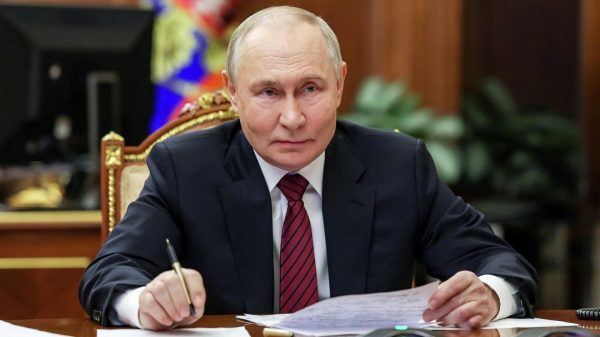

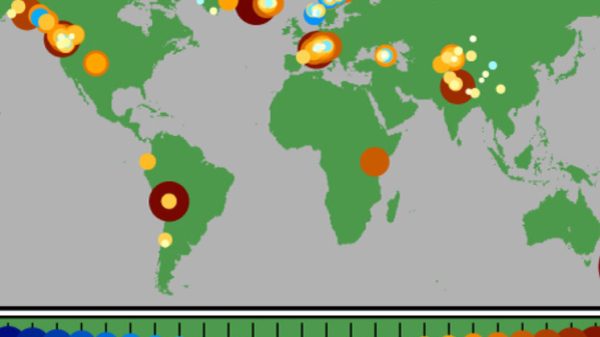





























Свежие комментарии